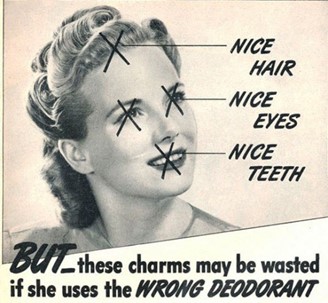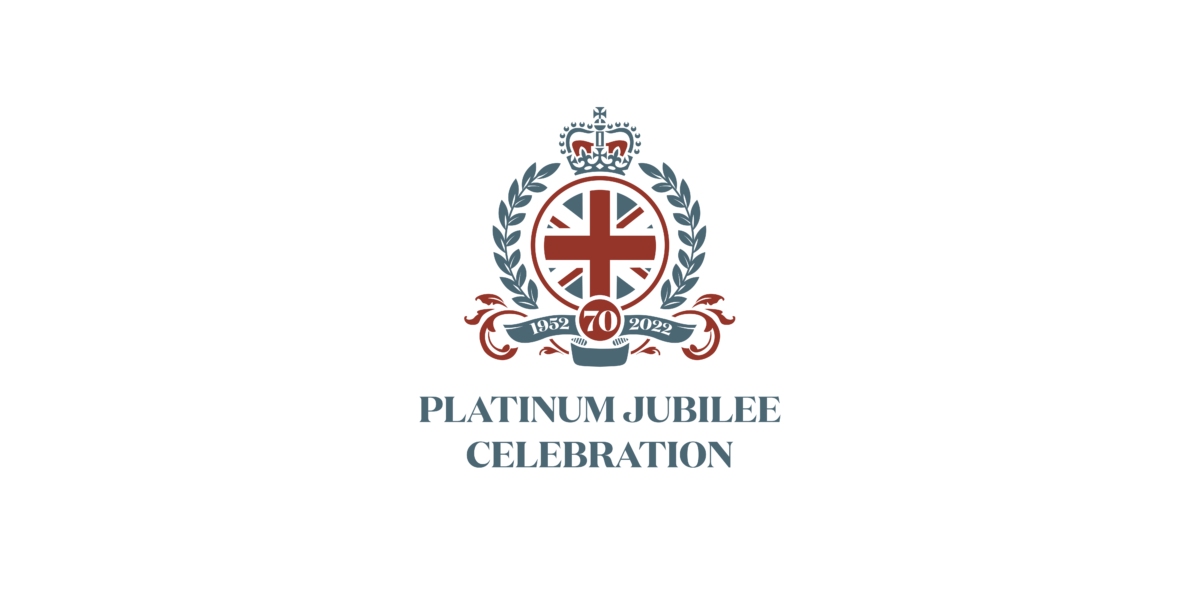2022, the year of the FIFA World Cup, Winter Olympics, and of course, the Queen’s Jubilee. Her Majesty the Queen will become the first-ever British Monarch to celebrate a Platinum Jubilee, marking her seventy years of service. So, what’s changed over this remarkably long reign? Do trends really come back around or are we a distinctly different society from that of 1952?
Follow along over the next two weeks for my “1952 vs 2022” mini-series. I’ll be covering a range of exciting topics from deodorant to hovercrafts to vaccines…
Roll-on deo was number one
Let’s begin by taking you back in time to the 1950s consumer goods industry. With the so-called “hygiene crusade” redefining perceptions, the consumer goods industry soon became the architects of popular understanding, with product offerings both reflecting and further driving new hygiene concerns.

Roll-in the roll-on deodorant in 1952. Inspired by the ball-point pen, it was designed to combat the greasiness of cream deodorant. Marketing played into personal hygiene concerns, shaming women (and later men) for their perspiration stench and claiming the only cure was such magical deo.
Unsurprisingly, the personal shame-inducing marketing worked, and the industry blossomed.
The evolution of Deodorant
While roll-ons were the trendiest deodorants of the fifties, the sixties and seventies brought the rise of aerosol spray deodorant. The easy spray allowed consumers to have a quick spritz and go, without having the product come into contact with their underarms (an important hygiene factor at the time). By the early 70s, sales had grown to 82% of the deodorant market.
However, as quickly as they came into fashion, sprays became unpopular due to the banning of specific ingredients thought to cause health problems. To make matters worse, CFCs (an aerosol ingredient) became tied to environmental concerns.
So where are we now?
We have seen and are continuing to see a shift in consumer perception. Growing concern around previously accepted industrial ingredients, as well as sustainability concerns, has been a catalyst for the millennial-backed wellness trend. Beauty is being tied to notions of “natural”, “clean” and healthy”, perpetuated by dynamic, new beauty brands peddling claims of toxic ingredients in everyday beauty products. As such, natural (“chemical” and aluminium-free) deodorant is taking the reigns as the new “in” deodorant.
More broadly in the marketing space, we see a shift from personal-shame-driven marketing to emotion-led, empowering marketing (for example, razor brand Estrid’s “hair removal should be optional” take on shaving).
So attitudes shift massively over time, influencing what is acceptable to both buy and sell. This is true even when the human need itself alters very little.
And yet, ultimately, modern concerns are influencing the majority of consumers to continue to follow the latest trends. It is therefore our modern-day brands’ role to shape trends in a responsible, constructive way.


